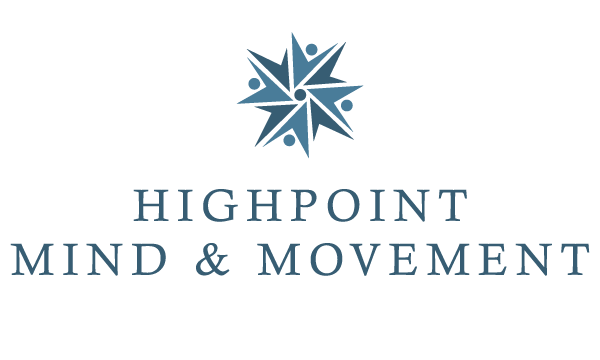
Primitive Reflexes
The foundation of our nervous system allowing for the development of higher areas of the brain.
Primitive reflexes are automatic movements that are present in the developing fetus, at birth, and which remain active for periods of time as an infant grows. These reflexes control a child’s motor ability when they are first born but typically integrate through natural movements. This “switching off” of primary reflexes is what allows the child to achieve developmental milestones. As a child gets older and a primitive reflex integrates, this makes way for additional reflexes to activate as the child begins crawling, walking, reaching, grasping, and talking. This process of reflex activation and then integration underlies cognitive, emotional, and physical development. If the reflexes are not integrated or remain “switched on” or “retained,” it can interfere with the child’s learning ability and brain development.
Our primitive reflexes lay the foundation for the development of our nervous system, which is responsible for processing information through taste, touch, smell, sight and sound. If the nervous system is not developed properly, a child will have trouble with self-control, managing strong impulses, processing sensory input, and interpreting information from one or more of their senses. Adults, too, may experience challenges related to the primitive reflexes because they can become “switched on” again following an emotionally stressful time, during trauma, surgery, or any extreme situation.
These reflexes are normally activated and integrated at specific times in development. Each reflex serves a distinct purpose, developing a higher area of the brain. These areas of the brain will then take over to replace the primitive reflexes and allow higher learning to occur.
When children first enter school, it is generally assumed that they can already sit still, pay attention, hold a writing instrument, and use their eyes to track words across the page (even if they cannot yet read). For most children, these skills come naturally; however, if your child has retained primitive reflexes or other disconnections in the brain, they are at a disadvantage because they lack foundational, developmental milestones. If the body or brain cannot function properly due to a retained reflex – for example, a reflex that focuses the child’s attention on noises and distractions in the environment – the brain cannot focus on reading, writing, or listening to the teacher, and they may lack the emotional maturity to act logically in stressful situations.
Instinctive sensory motor movement integrates, or switches off, the reflexes by creating new neural pathways in the brain as the child grows. As adults, we can also create new neural connections through movement in order to “switch off” these retained or reactivated reflexes and thus transform the way we process emotions, the way we think, and the way we behave. Movement lies at the heart of all learning, thinking, and relating. Speech, language, behavior, emotions, and attention are all linked to the function of the motor system.
Signs of Retention of Primitive Reflexes
Sensitivity to touch, sound, light, smell and taste
Balance issues
Low stress tolerance
Sensory overload
Hypersensitivity
Anxiety
Poor impulse control
Easily distracted
Mood swings
Fidgeting
Attention and focus difficulties
Posture issues
Poor eye-hand coordination
Sloppy handwriting
Retained primitive reflexes typically will not resolve on their own. As times passes, learning problems, emotional challenges, and concentration issues will increase alongside the demands of higher education, work responsibilities, and life stressors. Both children and adults, regardless of age, can integrate their retained or reactivated primitive reflexes through targeted movement therapy. Once the brain and body are functioning freely, without having to struggle against these reflexes, learning becomes easier, and we are happier, more confident, and productive.
Portions of this description have been adapted, with permission, from Alene Villaneda Integrated Learning Strategies
